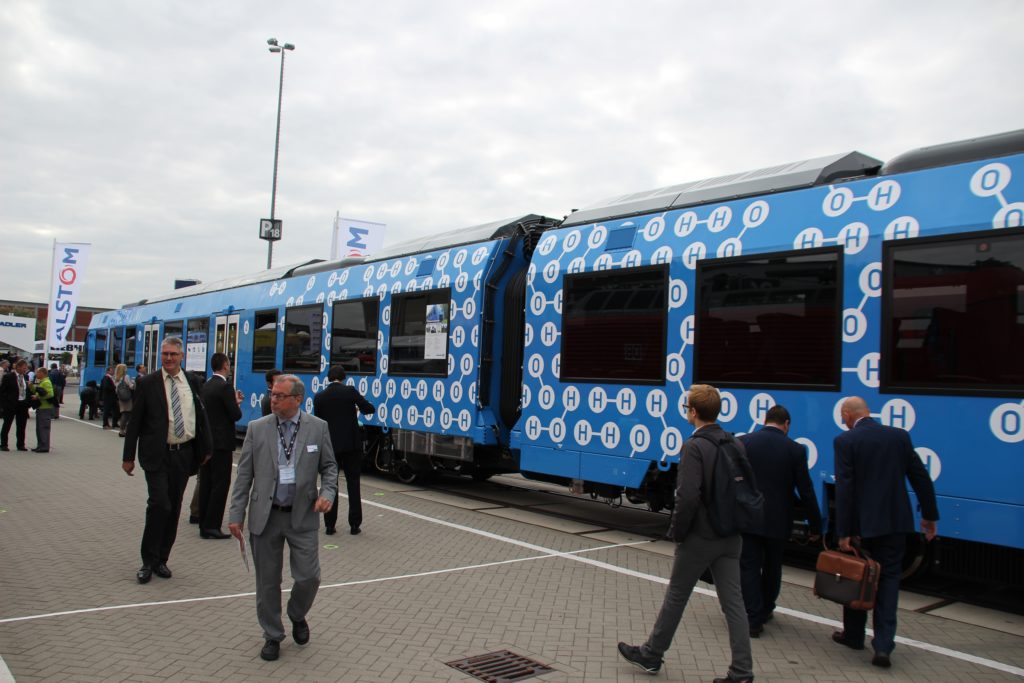
BERLIN — Touting its arrival as “a blockbuster; I think it will revolutionize the railway industry,” Alstom Chairman and CEO Henri Poupart-Lafarge highlighted the company’s first train powered by hydrogen fuel-cell technology during a Tuesday press conference at InnoTrans, the world’s largest rail industry conference. As part of an overview of the state of his […]
Read More…
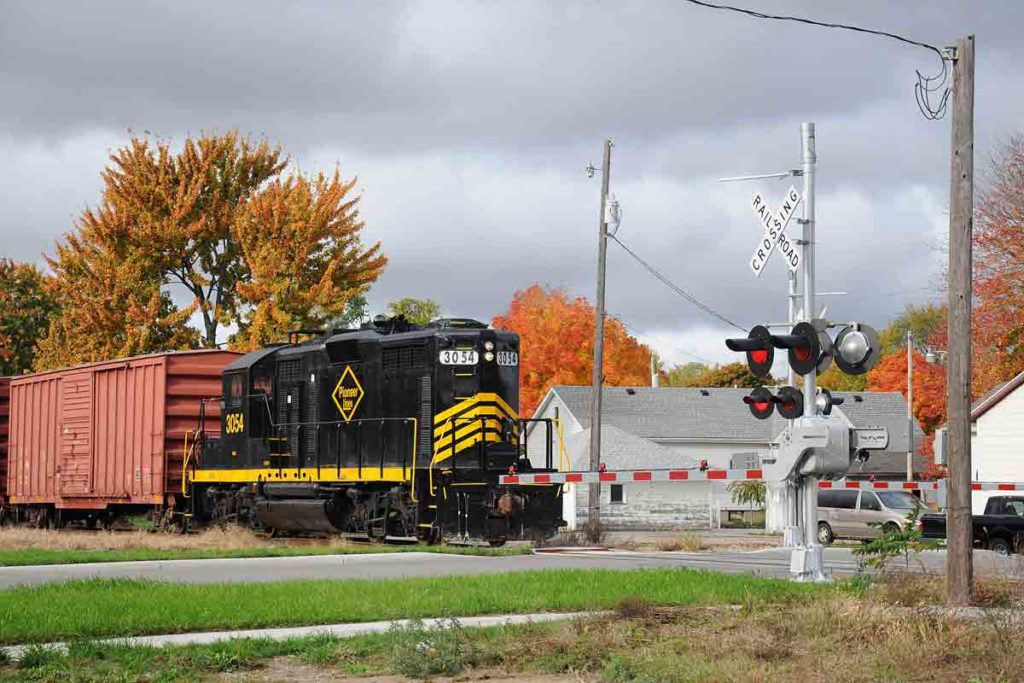
An eastbound Napoleon, Defiance & Western train passes the new crossing gates at Scott Street in Napoleon, Ohio, on Oct. 19, 2014. The new grade crossing protection is arguably the newest equipment of any kind on this short line. Photo by Brian Schmidt […]
Read More…
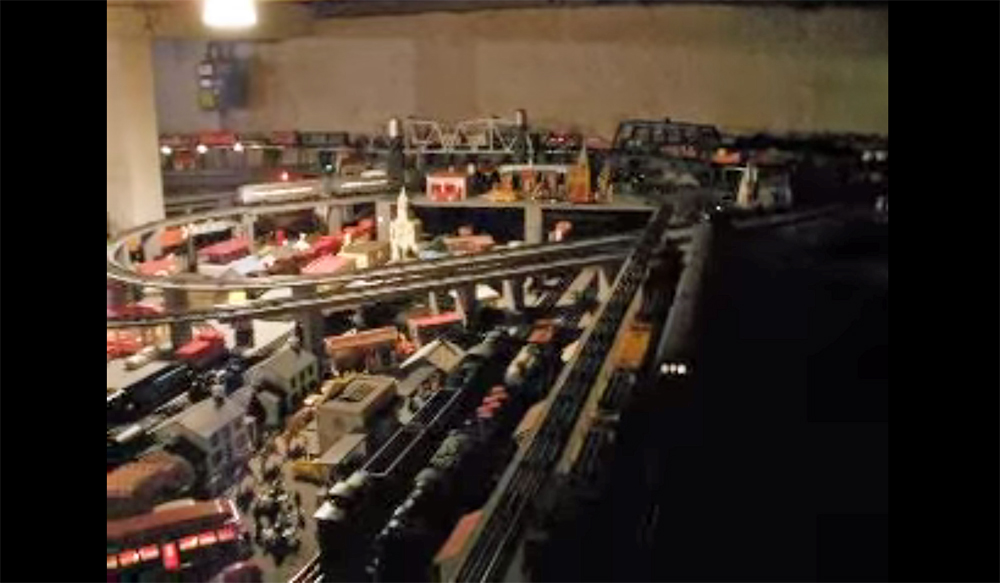
Name: Dowin Lipscomb Location: Baltimore, Maryland Scale: O Scale Description: Five O-Scale passenger trains, one with 72 LED lights and anti-flicker feature added. Can you guess which one? Hint: Watch the 4-way crossing as the cars pass by. […]
Read More…

Name: Dowin Lipscomb Location: Baltimore, Maryland Scale: O Scale Description: Five O-Scale passenger trains, one with 72 LED lights and anti-flicker feature added. Can you guess which one? Hint: Watch the 4-way crossing as the cars pass by. […]
Read More…
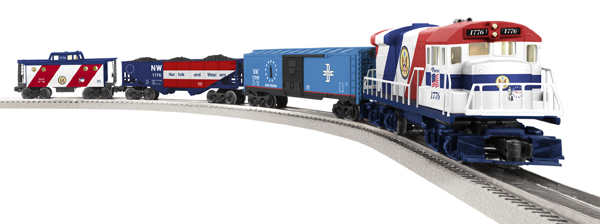
THE RED, WHITE, AND BLUE IN O: Lionel has created a salute to both the American bicentennial celebration held in 1976 and one of the most famous locomotives of Lionel’s MPC-era. The no. 82427 Patriot LionChief Remote U36B diesel freight set is powered by a colorful U36B saluting Lionel’s no. 1776 Seaboard Coast Line. Also […]
Read More…
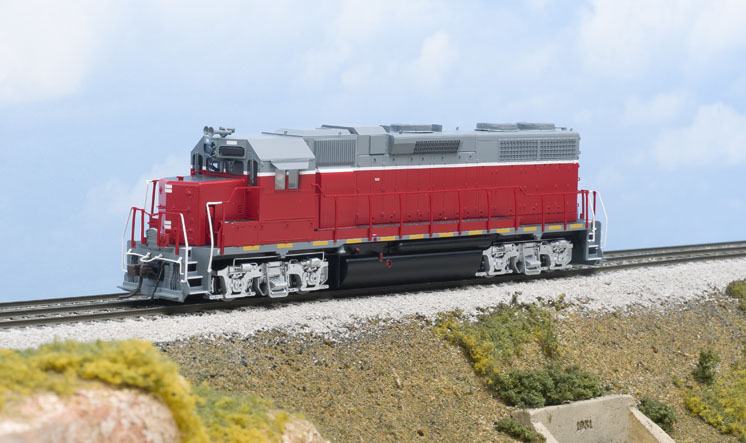
Atlas HO scale GP38 diesel locomotive I heard the realistic rumble of the Electro-Motive Division 645 diesel engine when I set the Atlas HO scale GP38 on the rails of our test track. The biggest upgrade of this latest release of the GP38 is that it now comes factory-equipped with an ESU LokSound Select dual-mode […]
Read More…
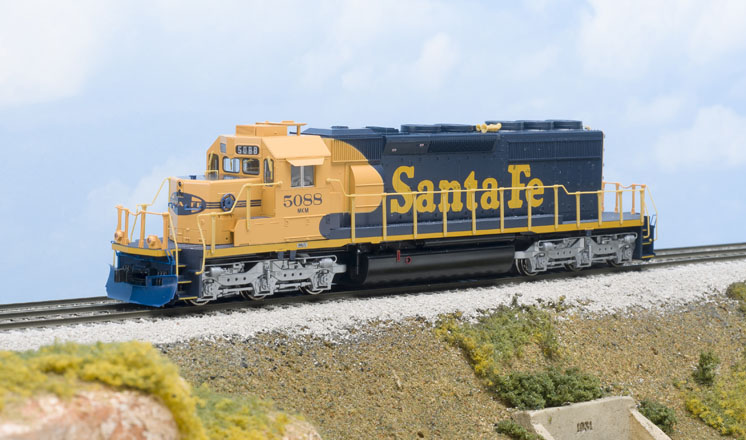
Kato HO scale SD40-2 diesel locomotive All the detail parts, including grab irons and windshield wipers, are factory applied on the Kato HO scale mid-production SD40-2. The Kato SD40-2 features well-defined molded detail are prototypically placed detail parts. The Kato mid-production Electro-Motive Division SD40-2 features notable enhancements over the early-production SD40-2 reviewed in our August […]
Read More…
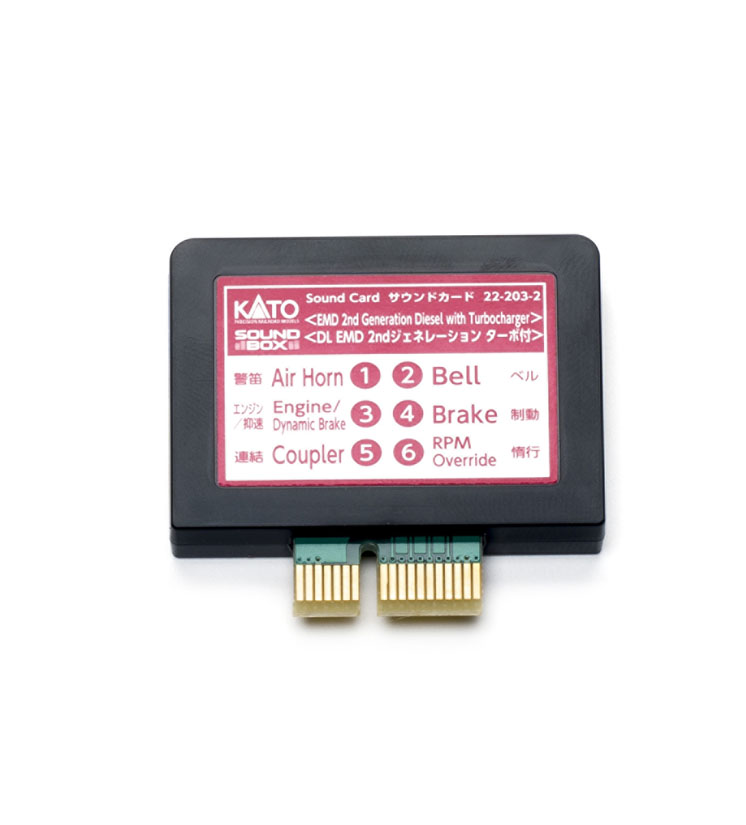
Second Generation EMD Sound Card for Kato Sound Box Price: $29.99 Comments: The Kato Sound Box is an analog sound controller that connects to a direct-current (DC) power pack and works with any manufacturer’s locomotives, since the sound plays through the device. The Sound Box uses plug-in cartridges, called Sound Cards, that have sound files […]
Read More…
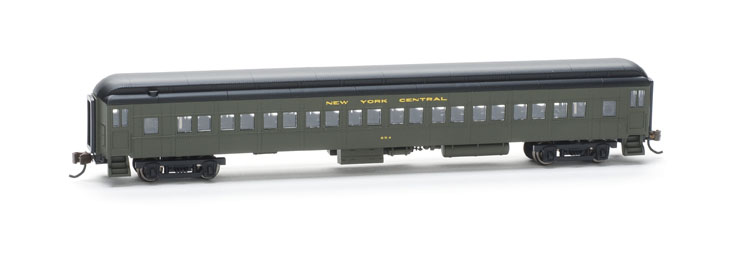
Price: $79 Manufacturer Bachmann Trains 1400 E. Erie Ave. Philadelphia, PA 19124 www.bachmanntrains.com Era: 1930s to 1980 Comments: Looking to add a night train to your N scale passenger fleet? Bachmann Trains has released a ready-to-run N scale heavyweight coach with factory-installed overhead interior lighting. The model is an N scale version of the HO […]
Read More…
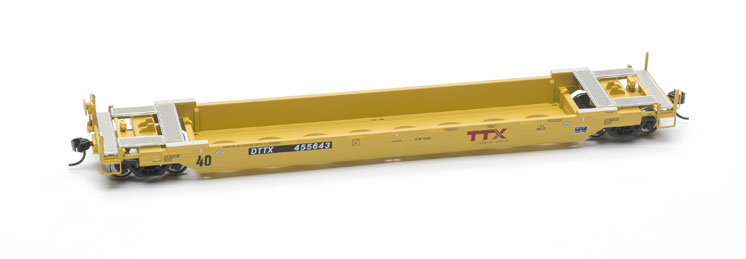
Walthers HO Gunderson rebuilt 40-foot all-purpose well car Price: $39.98 Manufacturer Wm. K. Walthers Inc. 5601 W. Florist Ave. Milwaukee, WI 53218 www.walthers.com Road names: TTX (DTTX reporting marks with and without “Forward Thinking” slogan under modern TTX logo) and Northwestern Oklahoma (two road numbers). Three numbers per scheme unless noted. Era: 2008 to present […]
Read More…
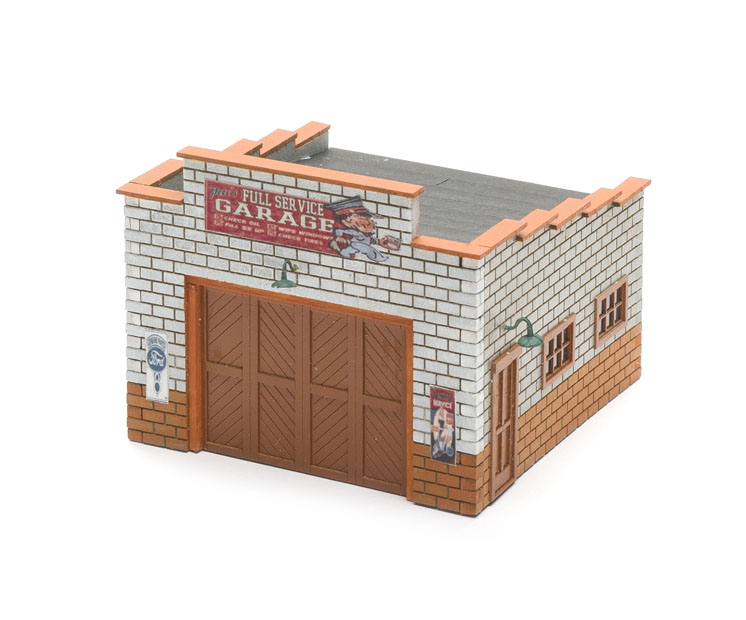
Railroad Line Models HO scale Pete’s Garage kit The kit contains laser-cut parts in many materials: matboard, plastic, wood, cardboard, and paper. The Railroad Line Models kit is available in O, S, HO, and N scales. Pete’s Garage, one of the initial offerings from Railroad Line Models, is an easy-to-assemble kit that would fit on […]
Read More…
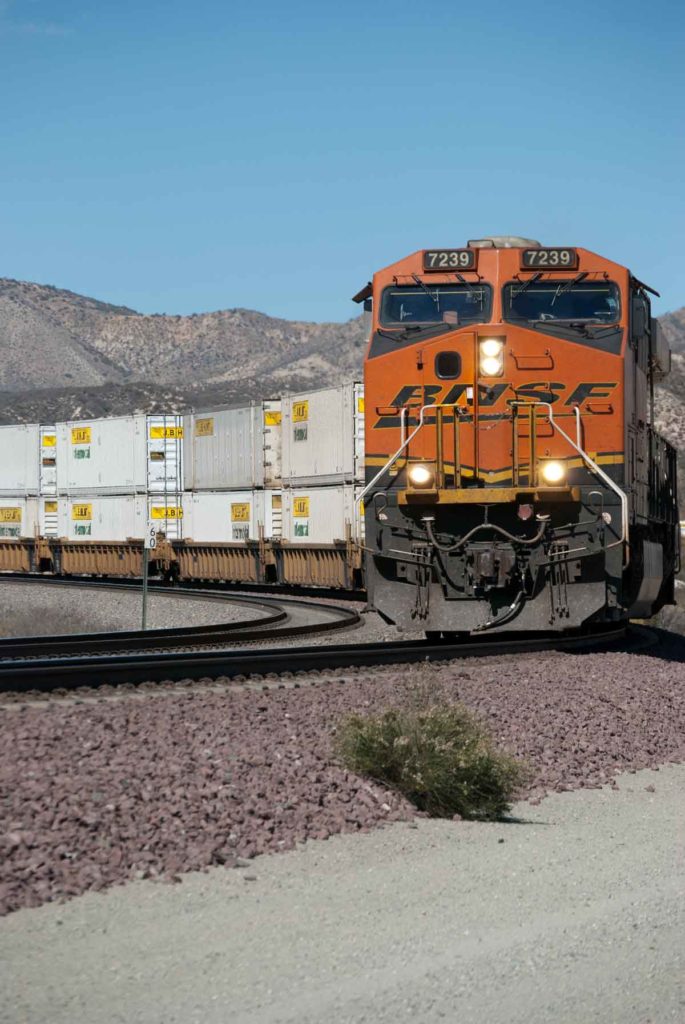
Clean BNSF Railway locomotives, clean ballast, and clean freight cars, match a clean, crystalline blue sky at the lower portion of “Sullivan’s Curve” in this October 2013 shot in California’s famed Cajon Pass. Photo by Steve Sweeney […]
Read More…











